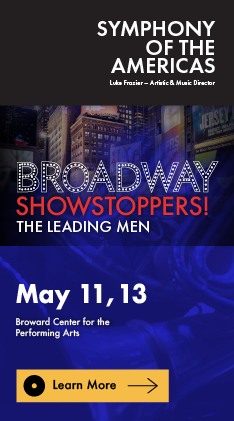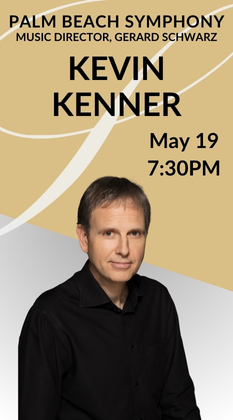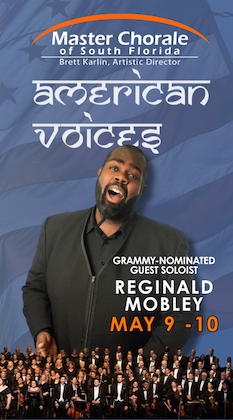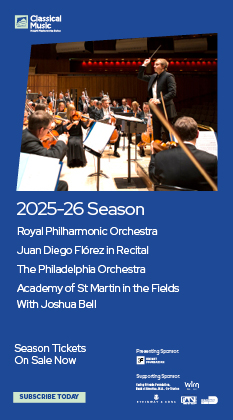New World chamber program shows what love has to do with it, Bohemian style
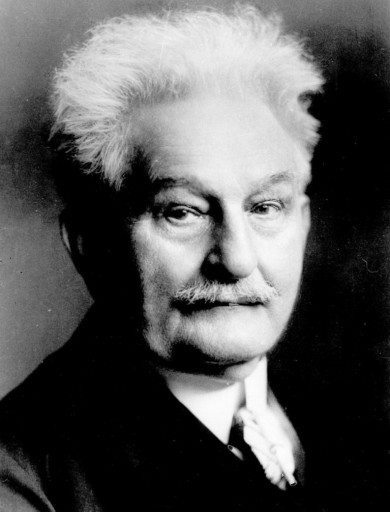
Leoš Janáček’s String Quartet No. 2, “Intimate Letters,” was performed Sunday by members of the New World Symphony in Miami Beach.
Sunday’s New World Symphony chamber concert smartly paired Leoš Janáček’s String Quartet No. 2, “Intimate Letters”, and Bohuslav Martinů’s suite Les rondes, for an afternoon of Bohemian music, love, and intrigue.
The concert opener, Franz Schubert’s Adagio and Rondo Concertante, D. 487, for piano quartet, might also have been inspired by love: the work was written for the brother of a soprano with whom Schubert was enamored. The work emphasizes piano, and Marnie Hauschildt’s classical interpretation provided lustrous clarity throughout. Violinist Hyejin Chang, violist Katerina Istomin and cellist Alexandra Thompson answered Hauschildt with a more Romantic edginess in the unified strings, providing added depth. From the cantabile Adagio to the vivid, spritely Rondo Concertante, the contrasting energy between piano and strings made the performance immensely attractive.
Bohuslav Martinů was born in Bohemia, but his suite Les rondes clearly shows Parisian influences. Written in 1930, the work has all the earmarks of neo-classicism, including sharp wind and brass colors, mild dissonances, jazzy syncopation, and the occasional folk tune. Martinů’s ensemble of three winds, trumpet, two violins and piano poses balance challenges, and the opening Poco allegro fanfare lacked leadership within the ensemble, with the initial bright unisons completely lost in the mushy counterpoint that followed. The ensemble recovered quickly, and the Poco andantino’s Stravinskian tunes spoke clearly in winds and Dylan Girard’s poised trumpet solo.
A lively Allegro had a supercharged French precision, and David Lemelin’s lyrical clarinet solo and Renate Rohlfing’s wonderfully limping piano graced the Tempo di Valse. In the Andantino’s outer sections, oboist Henry Ward’s sumptuous folk tune evoked Bohemia over a gently rocking accompaniment from the two violins. The languid melody was reframed in the central portion by bassoonist Tom Fleming’s comical answer over pizzicato strings. The Allegro vivo’s strongly carved lines, with colorful snippets of Klezmer tunes embroidered into the texture, embodied the round dances of the title for a raucous ending.
Claiming it as his “first composition which sprang directly from experienced feeling,” Leoš Janáček’s “Intimate Letters” represents his mature style: ever-changing fragments of music, by turns exuberant, muscular, lyrical and celebratory. Based on over ten years of illicit correspondence with the married Kamila Stösslová, the subtext of his String Quartet No. 2 is that of forbidden love and its consequent emotional turmoil. Ironically, the quartet stood while performing, undercutting the intimacy suggested by sitting. Still, the decision added a vibrant immediacy to the performance, and helped establish the musical personalities of each player.
From the outset, the viola personifies the composer’s beloved Stösslová, and Eve Tang embraced the role. In the Andante: Con Moto, yearning, dissonant opening lines in the full quartet were broken dramatically by Tang’s haunting sul ponticello solo. Cellist Meredith McCook’s ghostly answer suggested the composer’s own voice.
Viola again took the fore in the Adagio, with a melody echoed by violins, then by the trio. Violinist Amos Fayette brought a shining tone to the Moderato: Adagio’s angular, folk-like melody, with Tang’s agitato accompaniment providing structural underpinning. The celebratory Allegro, with consonant tuttis persistently interrupted by a dissonant trilling motive from violinist Erin Zehngut, was a bittersweet reminder of unconsummated love.
Posted in Performances
Leave a Comment
Mon Jan 14, 2013
at 10:25 am
No Comments
